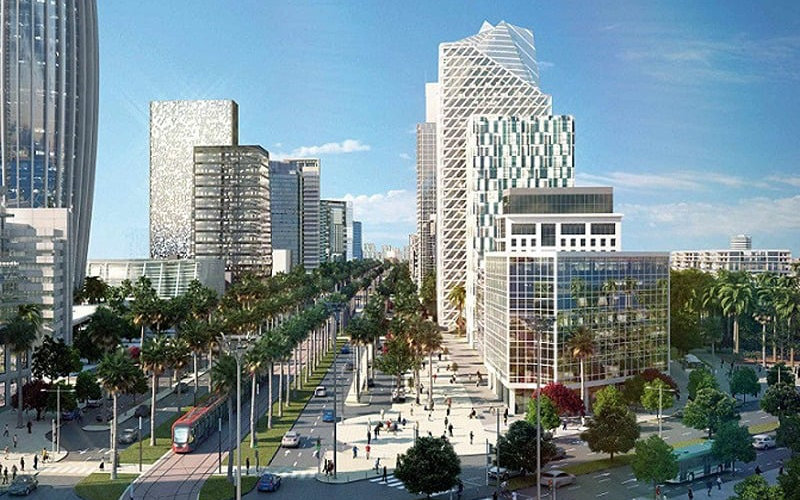Morocco’s Middle Class Expands as Poverty Rates Drop, Study Finds

A recent study contradicts the widespread perception of an increasingly polarized Moroccan society. Far from eroding, the kingdom’s middle class is booming and poverty is declining.
Conducted by the Policy Center for the New South (PCNS), the study reveals a significant decline in the incidence of poverty, from 14% in 2012 to 9.6% in 2019. But that’s not all: the severity of poverty, i.e. its depth and intensity, has also decreased by nearly 60% over the same period. These figures testify to a real improvement in the situation of the most destitute and an effective reduction in inequalities.
According to the report, "pro-poor growth has been observed". This means that the poorest have seen their situation improve, as has a significant portion of the middle class. The report also points to the lack of factual studies to support the general feeling of a deterioration in living standards.
The middle class, far from disappearing, has actually been strengthened. In 2012, it represented 53% of the total population. Seven years later, this proportion has risen to 61%, an increase of 16%. Even more surprisingly, the middle class has become the dominant segment in rural areas, exceeding 70% in 2019 (up more than 6 points). In urban areas, we also observe an expansion of the middle class, which reaches two-thirds of the population in 2019, an increase of nearly 15% compared to 2012.
This strengthening of the middle class and the reduction in poverty have led to a mitigation of inequalities and the polarization of Moroccan society. The Theil index, which measures economic inequality within a population, has decreased by 40% in rural areas, the region recording the largest decrease in inequalities. On the other hand, urban areas remain marked by greater disparity, despite a slight improvement.
The study is based on the panel surveys of the High Commission for Planning (HCP) conducted in 2012 and 2019. The 2012 survey sample included about 8,000 households, reflecting the population distribution at the time (61% urban and 39% rural). In 2019, the survey covered 16,879 households, of which 63% lived in the city and 37% in the countryside.
Related Articles
-

Quebec’s International Student Crisis: UQAM Faces 39% Drop as Government Policies Spark Global Concern
5 September 2025
-

Surge in UK Train Phone Thefts: One Device Stolen Every 44 Minutes, Many Ending Up in Morocco
5 September 2025
-

French Retirees Abroad Face Digital Revolution: Biometric App Replaces Traditional Proof of Life
5 September 2025
-

Fake Colonel Arrested: Massive Fraud Scheme Uncovered in Morocco’s Southeast
5 September 2025
-

Royal Rift: Macron and Morocco’s King Clash Over Pegasus Spyware Scandal
5 September 2025